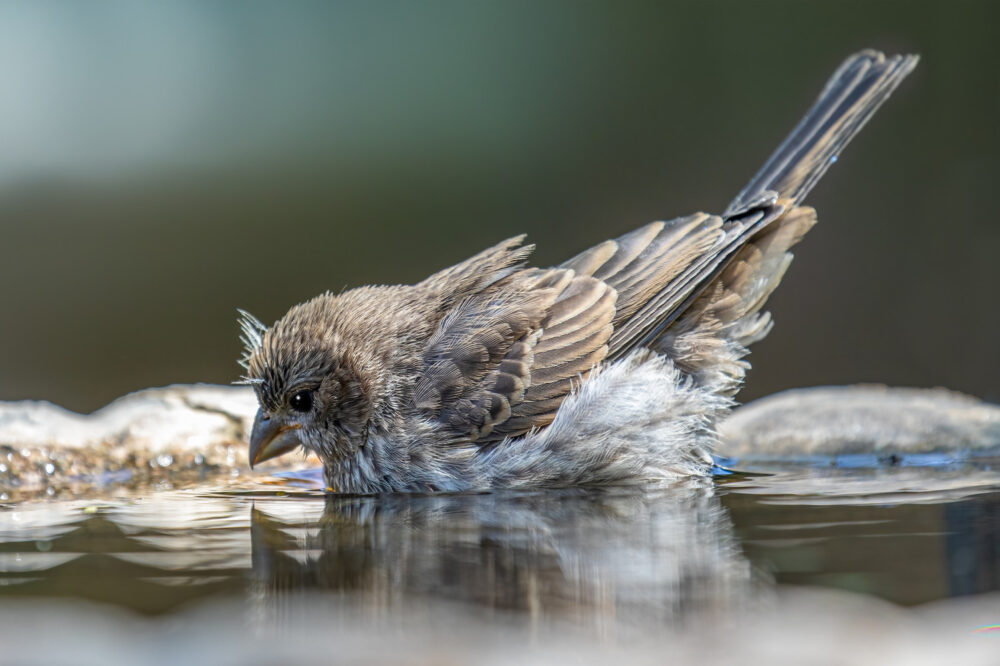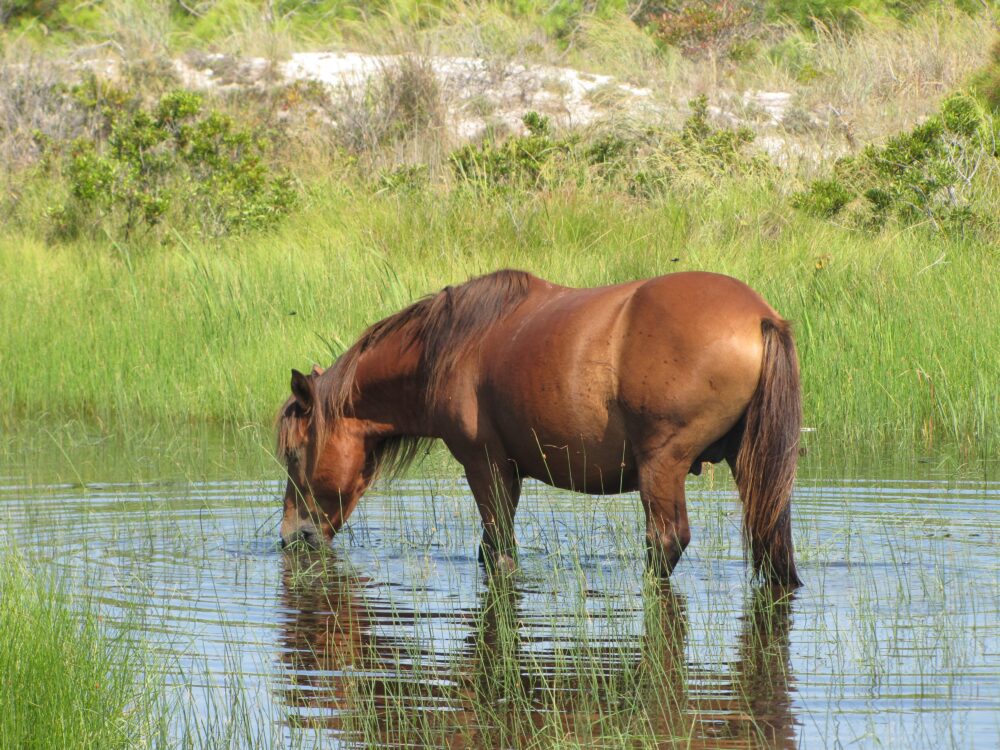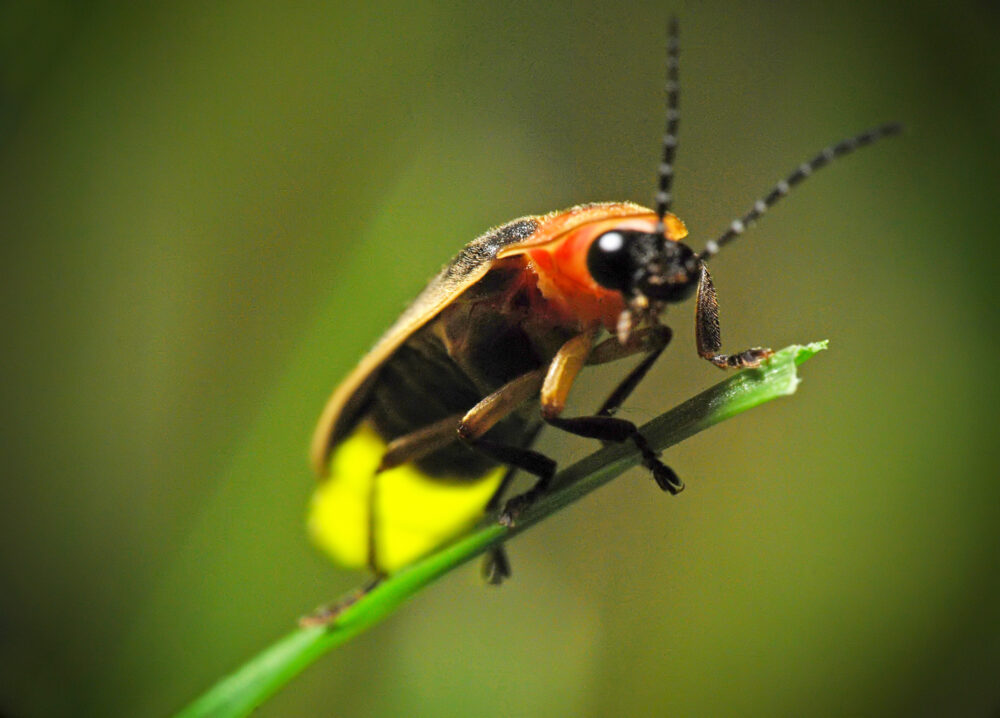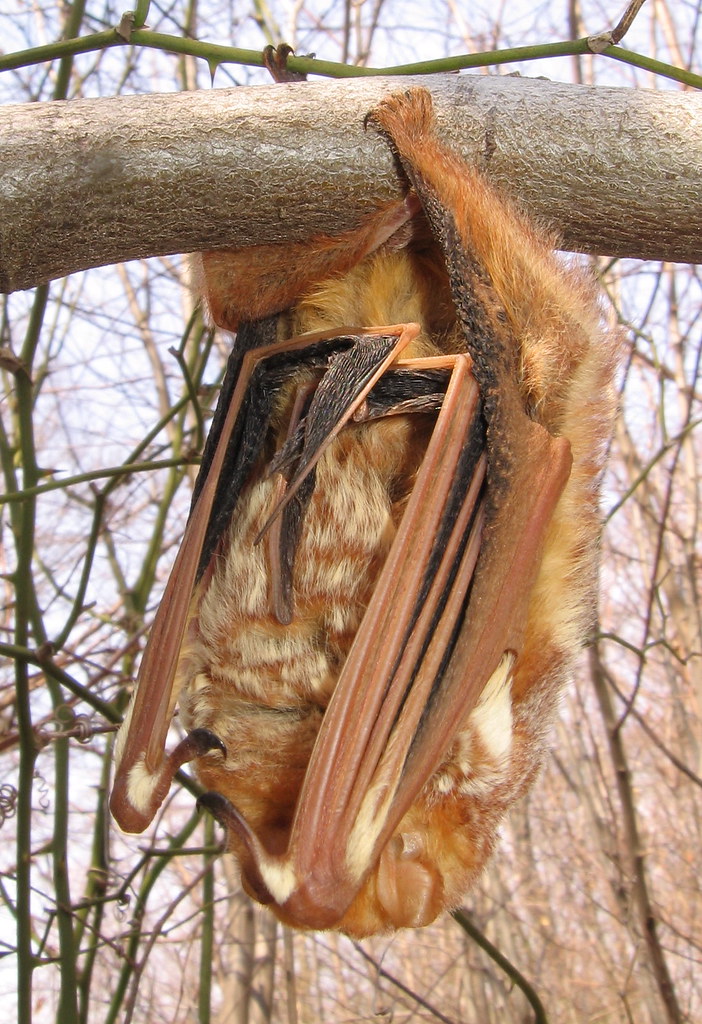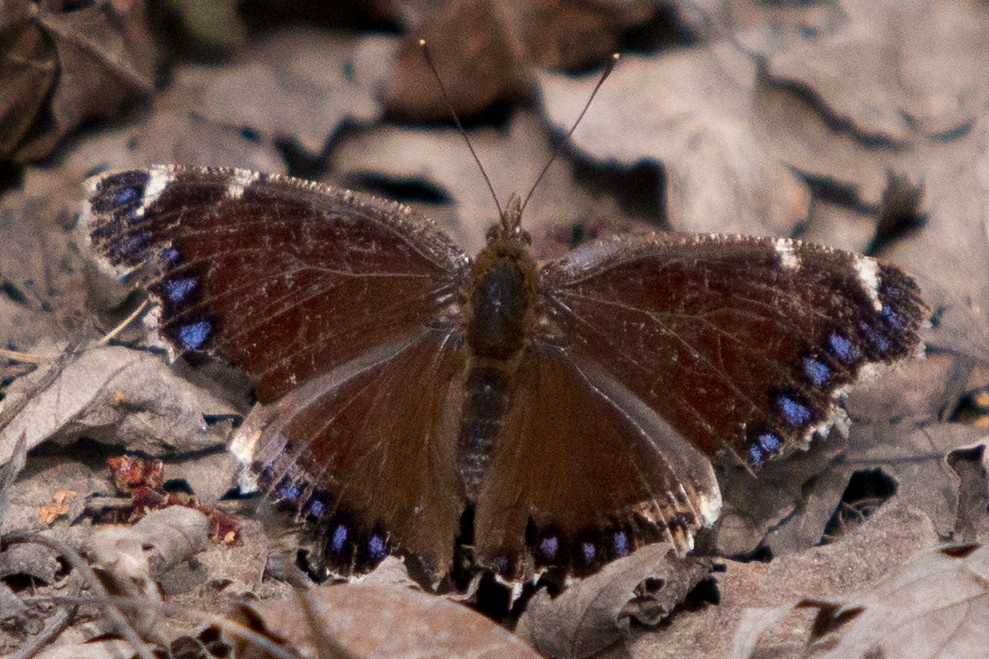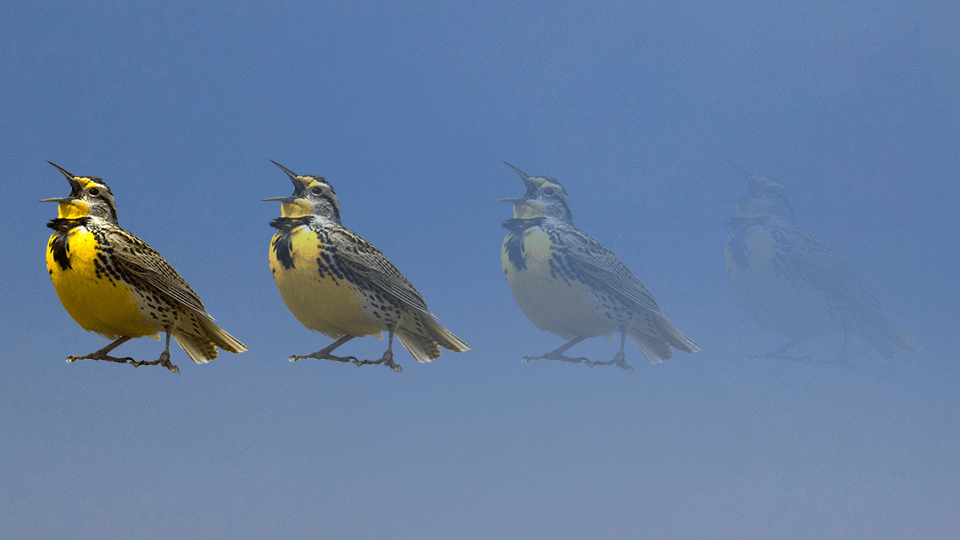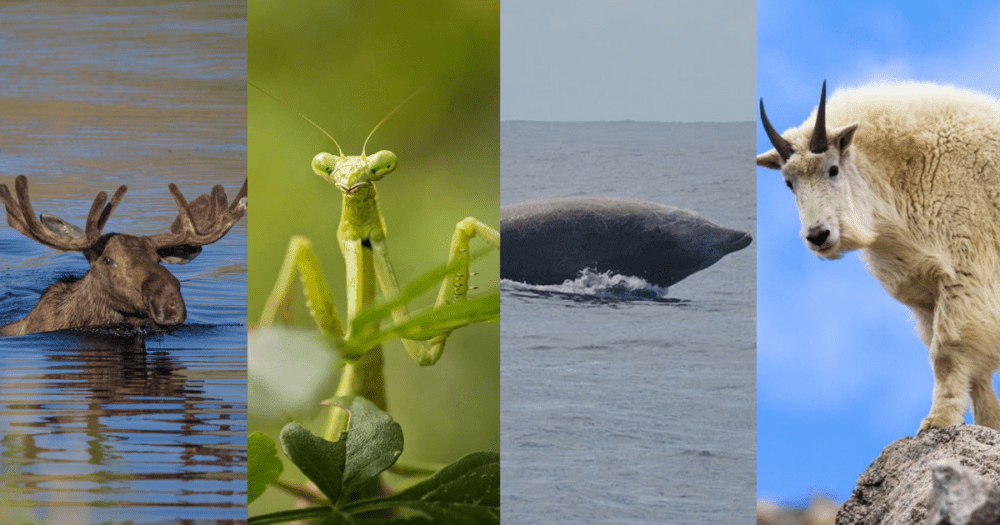We have much more to do and your continued support is needed now more than ever.
Bird of the Week: Green Jay

Whenever I find the time to travel, I tend to head for the Tropics, in part to enjoy the exotic and unfamiliar birdlife. Four years ago, however, I spotted in a dense thicket one of the most exotic-looking birds I’ve ever seen—right here in the continental United States.
Colorfully clad in shades of brilliant blue, green and yellow, trimmed with a neat black mask and bib, the bird hopped energetically from branch to branch beneath the shade of a Texas ebony at the Valley Nature Center in Weslaco, Texas. Checking a field guide confirmed that the bird, a green jay, was indeed a tropical species that ranges as far south as Bolivia. In the United States, it is found only in the southernmost tip of Texas.
There are two distinct populations of green jays separated by 900 miles. The first extends from just north of Texas’s Rio Grande River south to central Honduras. The second stretches from Colombia and Venezuela through Ecuador and Peru to Bolivia. According to the Cornell Lab of Ornithology, South American green jays are larger, differently marked and colored—and may turn out to be a separate species.
The two groups of birds also differ in social behavior. In Texas, green jays live in flocks made up of a breeding pair, the current year’s nestlings and one-year-old, non-breeding adults from the prior year’s nest. While these nonbreeding jays assist in guarding the flock’s territory, they do not help feed their younger siblings. After the nestlings fledge, the parents expel the previous year’s offspring from the flock.
In South America—or at least Colombia, where the birds have been studied—the jays stay with their parents for several years, and they do bring food to nestlings. Green jays feed on arthropods, small vertebrates, fruit and seeds.
Voice: A harsh ji-ji-ji-ji and shk-shk-shk-shk, reminiscent of blue and Stellar’s jays.
Backyard Tips: Although they tend to be shy, green jays will readily visit bird-feeding stations that offer fruit or seeds.
Travel Tips: Visiting southern Texas, particularly the Lower Rio Grande Valley (or “Texas Tropics”) is a great way to see tropical birds without leaving the United States. In addition to green jays, common sightings include Altamira orioles, plain chachalacas, great kiskadees and buff-bellied hummingbirds. Living at the northern limits of their ranges, most of these species occur nowhere else in the country.
Sources: “Birding in the Texas Tropics” by Laura Tangley, National Wildlife, February/March 2007; Cornell Lab of Ornithology’s All About Birds and National Wildlife Federation Field Guide to Birds of North America.
Make your yard inviting to birds and other wildlife by turning it into an NWF Certified Wildlife Habitat.


